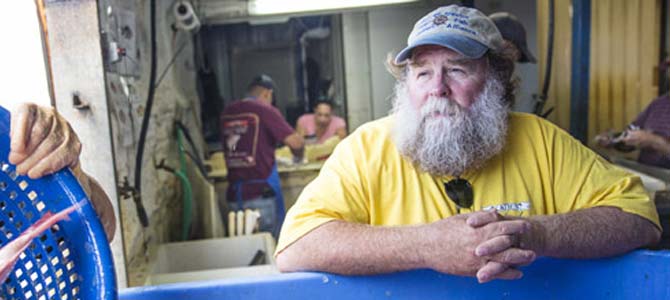Fishing rights help Gulf fishermen bounce back
When traditional fishing policies failed to help, a new way was needed

- 100% increase in revenue for fishermen
"We're catching bigger fish and getting more bang for our buck," says Gulf fisherman Buddy Guindon.
-
Problem
By the 1990s, red snapper stocks had plummeted. Fishery managers made aggressive changes, lowering catch limits and shortening the snapper season. But this led to a race to harvest the fish, and overfishing continued. The fish population remained in decline.
-
Solution
In 2007, Gulf fishermen and fishery managers worked with EDF to shift to a secure fishing rights system within the commercial red snapper sector. Scientists determine how much red snapper can be sustainably caught. In the commercial sector, that catch is divided into shares and allocated to the fishermen. The fishermen can fish any time they want, as long as they stay within the limit. This reduces the need to fish in dangerous conditions, and lowers the number of discarded or wasted fish.
-
Results
The fishery quickly started to rebound. By 2013, Gulf of Mexico red snapper was taken off the "avoid" list compiled by the Monterey Bay Aquarium. More fish also means more income for fishermen. "Our prices at the dock have increased, and our costs have gone down," says Guindon, who owns Katie's Seafood Market in Galveston.
-
What's next?
We're working around the world to help sustainable fishing become the norm, focusing on 12 governments that account for a majority of the world's catch and exploring ways to improve management of recreational fisheries. With your support, we can end overfishing.










